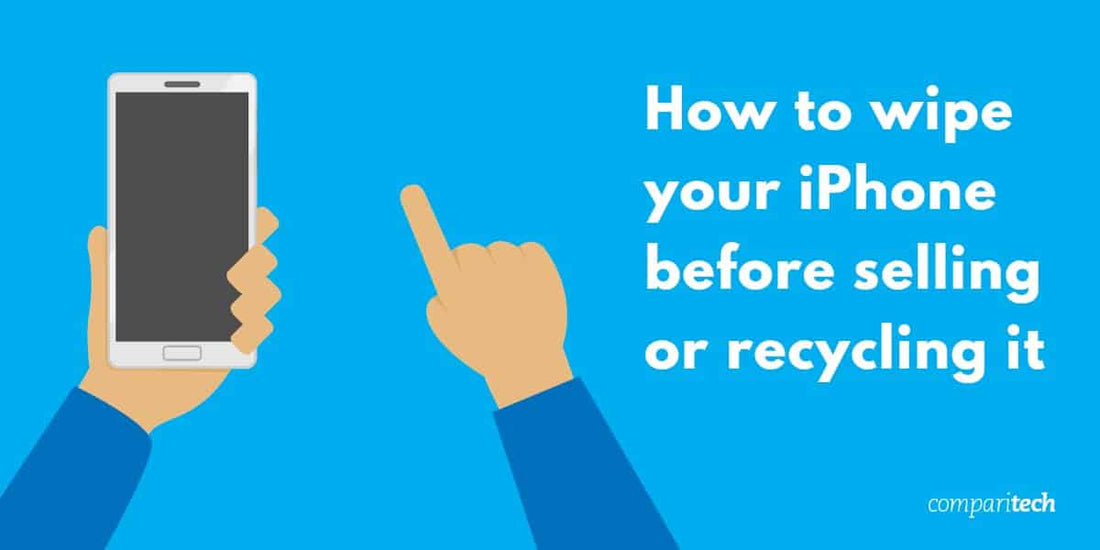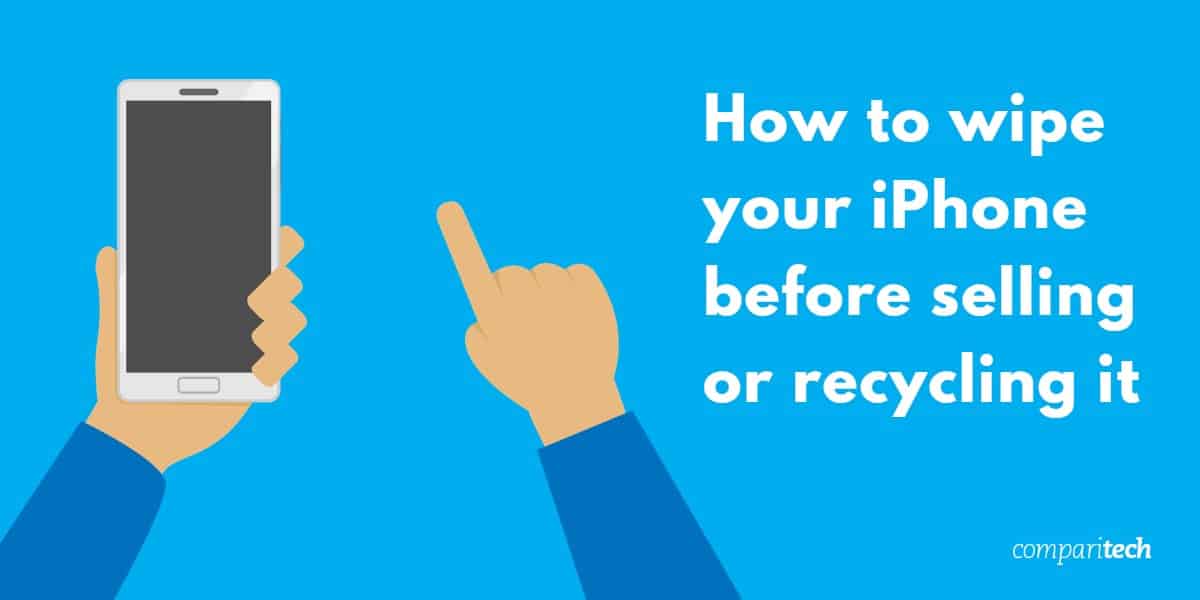
Should I Remove Sim Card Before Trading In Iphone?
Share
If you’re contemplating trading in your iPhone, you're likely pondering a pivotal question: should you remove the SIM card before doing so? This isn't just a casual inquiry; it's a crucial aspect many overlook. In this enlightening article, we’ll dive deep into the reasons why you should consider removing the SIM card before trading in your device and uncover ways it can enhance your security.
When embarking on the journey to trade in your beloved iPhone, the first commandment is to wipe your device clean of all personal data. This critical step safeguards your sensitive information from prying eyes. But what of the SIM card that resides quietly in its tray?
By disconnecting the SIM card from your iPhone, you sever its ties to your cellular network. This simple act means bids farewell to making or receiving calls, sending those oh-so-important texts, or utilizing mobile data. However, don’t underestimate the empowerment this removal affords you; it’s an essential layer of security that shouldn't be missed!
Removing the SIM card before trading in your device ensures that the new owner is entirely uninformed about your contacts, call logs, or text messages. Imagine the peace of mind this brings, particularly if you've stored delicate information on your device. Beyond just ensuring privacy, this also acts as a bubble against any unauthorized access to your personal data.
In essence, while it isn't set in stone to remove the SIM card prior to trading in your iPhone, taking a few minutes for this task can provide invaluable reassurance. It's a minor step that plays a significant role in securing your private information and getting your device prepped for its next adventure. Ready to make that trade? Don’t forget to take a quick moment to unclasp the SIM card from its tray!

Should I Remove Sim Card Before Trading in iPhone?
When considering trading in your iPhone, numerous factors come into play. One of the most pivotal questions revolves around whether or not to remove the SIM card prior to parting ways with your device. Here, we will dissect the pros and cons of this decision while providing you with handy tips to make the process seamless.
The Importance of Removing the SIM Card
A primary motivator for many in the market to remove their SIM card before trading in their iPhone is to secure their personal information. The SIM card houses crucial data, such as contacts and message threads, which if left unguarded, could become fodder for unwanted users. Removing the SIM card shields this sensitive information from falling into deceptive hands.
Moreover, detaching the SIM card halts any potential for unauthorized use of your phone. Once stripped of its SIM, the device becomes practically inoperative for anyone who may come into possession of it—what an empowering feeling that can be!
Benefits of Removing the SIM Card
Several advantages accompany the removal of the SIM card before you bid farewell to your iPhone. First and foremost, it gives you straightforward control over your personal data. By extricating the SIM card, you gain confidence that private information remains hidden from prying eyes, fortifying your privacy.
Additionally, this small but mighty action can assist in streamlining the data transfer process to your new device. When trading in your iPhone, you’ll needed to transfer contacts, messages, and more to your new device. With the SIM card safely removed, you can easily slot it into your new gadget and promptly restore your cherished data.
Tips for Removing the SIM Card
If you’ve decided to embark on the adventure of removing your SIM card before trading in your iPhone, here are some vital tips to make the process even smoother:
Exercise caution when handling the SIM card; it is a fragile component. Avoid contact with the golden terminals, and keep it away from liquid and extreme temperatures to maintain its integrity.
Trading in Your iPhone with the SIM Card
While the consensus leans toward removing the SIM card, there might be instances where trading in your iPhone along with it could prove to be more convenient. For example, if you’re planning to trade in your device with a reputable company like Vanity Slabs holders, they possess robust procedures that safeguard your personal data. Therefore, you can simply factory reset your iPhone to erase all personal data before proceeding with the transaction.
It’s crucial to choose a trustworthy organization when trading in your iPhone. Vanity Slabs holders are renowned for their exceptional trading practices and reliable services, prioritizing the protection of their customers' sensitive information. For more insight into their offerings, visit https://www.vanityslabs.com/.
Ultimately, deciding whether to remove the SIM card before trading in your iPhone depends on your personal preferences and desired level of security. By stripping away this small yet critical component, you shield your personal information and gain peace of mind—yet it may not be necessary if you are trading in with a trusted name like Vanity Slabs holders. Weigh your options wisely and opt for the strategy that resonates with your needs.
Key Takeaways – Should I Remove Sim Card Before Trading in iPhone?
Frequently Asked Questions
Why should I remove the SIM card before trading in my iPhone?
The suggestion to detach the SIM card prior to trading in your iPhone is grounded in protecting your personal information. This prevents unauthorized individuals from accessing your contacts and critical data. Moreover, it curbs potential misuse of your mobile carrier account by blocking access to your services. Retaining your existing SIM card also allows for seamless transition into your upcoming device without a hitch.
What happens if I don’t remove the SIM card before trading in my iPhone?
Forgetting to extract the SIM card before parting with your iPhone can usher in repercussions, as someone may well gain unsanctioned access to your contacts, information, and even mobile services at your expense. Additionally, leaving the SIM card in means you won't be able to transfer it to your new device; instead, you'll need to engage your mobile provider for activating a new SIM.
